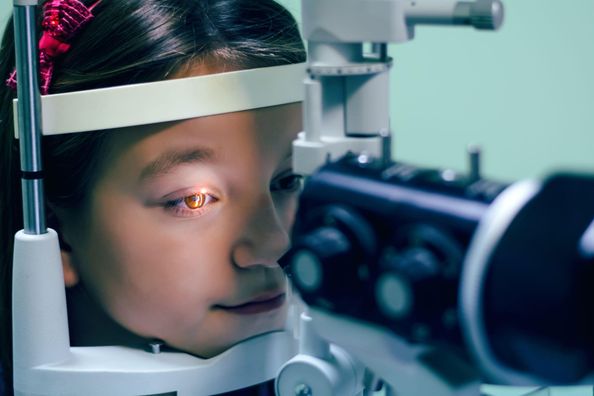Skeletons, jack‑o’-lanterns, and cobwebs can all help set a spooky scene for the Halloween season. While haunted houses and a horror movie might be fun and spooky, an allergic reaction can make things downright scary.
Your child might be excited to choose their costume and plan their trick-or-treating route, but you may find yourself more worried about their food allergy or potential exposure.
Food Allergies in The US
While the number 13 might send a Halloween shiver down your spine, 1 in 13 children actually have a food allergy.
A common allergen to look out for in Halloween candy is peanuts — and more than 1.8 million kids are allergic to them.
If you’re already thinking about how to handle Halloween and your child’s peanut or other allergies, you’re doing the right thing — and you may have more options than you think. Here are 3 ways you and your child can celebrate the Halloween season safely while keeping their food allergy in mind.
1. Life is Ghoul’d — When You Have An Allergy Response Plan
Even when doing your best to avoid allergens, the most preparation cannot keep all exposures from happening. While you want your child to participate fully in Halloween activities, you don’t want to put them in a dangerous situation.
Prior to going trick-or-treating or attending a Halloween party at a friend’s house, have a plan in place in case of serious allergen exposure. Your child’s pediatrician or allergist can help you create a step-by-step response plan for when your child experiences an allergic reaction. You can have your child keep a copy of the appropriate response and give it to their teachers, coaches, or a friend’s parent.
Your child’s allergy response plan might also include the use of an epinephrine autoinjector, commonly called an EpiPen. An EpiPen can help slow down the life-threatening effects of a severe allergic reaction (anaphylaxis).
Just like you’ll carry a flashlight and cell phone on Halloween night, be sure to add your child’s EpiPen to the list, too. If you or your child has to administer their EpiPen, call 911 immediately.
2. “Bone” Appetit — But Not While You Trick-Or-Treat
It might sound obvious, but read all labels on the candy and treats your child brings home — and encourage your child to do the same.
This can be difficult when it comes to fun-size Halloween candies, which don’t always have the ingredients printed on the wrapper. It’s better to wait till you get home from trick-or-treating to look through your child’s candy haul. This can give you the opportunity to sort through the candy they collected and be very careful about which are safe for them to eat.
For example, if your child is allergic to peanuts, remove any candy that includes peanuts in their ingredient list or warning such as “may contain peanuts” or “manufactured in a facility that processes peanuts.” Also, keep your eye out for anything that says “classroom-safe” or even “allergy-free.” This can sometimes be a marketing tool and not an actual indication that the candy is allergy-safe.
3. Creep It Real — With Replacement Halloween Treats
It can be tough to go trick-or-treating and get lots of candies you can’t even eat. Some candies that may normally be free of a particular allergen may not be safe for your child in its fun-size form. But trick-or-treating can still be fun — and there can still be Halloween treats in store for your child.
After going trick-or-treating and removing any candies your child can’t safely eat, you can replace them with other food items (such as crackers or marshmallows) or Halloween toys. Spider rings, squishy eyeballs, or other Halloween décor can be a great non-food treat that your child can enjoy.
In addition to checking all the labels when you get home, it’s also a good idea for everyone to wash their hands. Many non-severe allergies, like a peanut allergy, probably won’t cause a reaction through simple skin contact. But if your child touches their nose, mouth, or eyes while having allergen traces on their hand, an allergic reaction could occur. Handwashing is also the number one method of preventing other illnesses!
You can also finish your night by baking or making a craft with your child. Painting a pumpkin or making allergy-safe treats can be a great way to spend time with your child and make sure they have an awesome Halloween experience.
Happy Trick-Or-Treating!
While you may worry about your child’s food allergy all year long, it might feel a little scarier around Halloween. Keeping up on routine visits with your child’s pediatrician or allergist all year long can help you feel prepared, especially when the holidays roll around.
When you feel like you have a plan and know what steps to take to minimize your child’s risk, they can still get in on all of the Halloween fun.
Health Topics:







